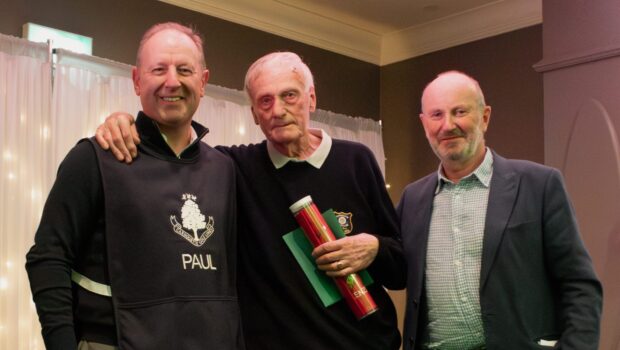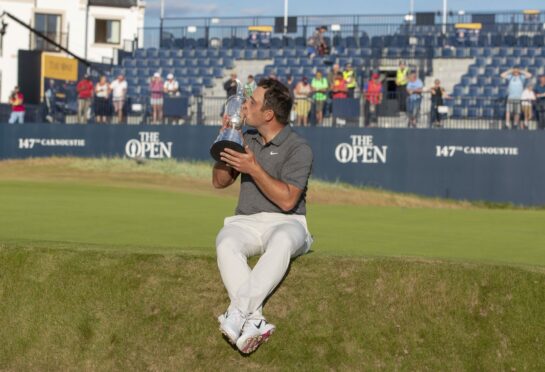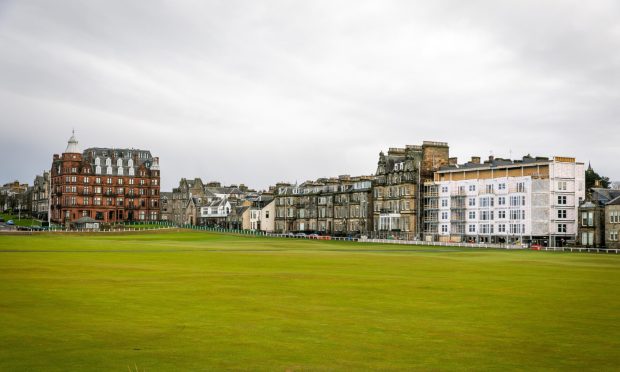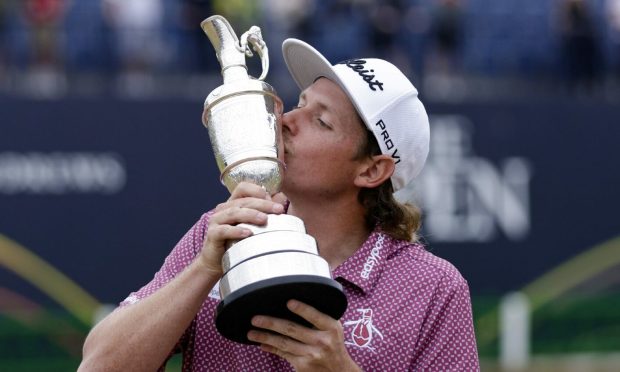It’s never too late to do the right thing, but the R&A and USGA are stretching that old adage to the very limit over controlling the ever-longer distances the golf ball is being hit.
They could and probably should have started this process 25 to 30 years ago. It was only in 2013 they spotted the spike in distance hitting that had been obvious to so many, only in 2018 did they finally admit their “line in the sand” had been crossed, and now there’s the Distance Insights Report that’s taken two years to complete and publish.
And we’re not done yet. Another year at least will be required for rule changes to be worked out, and then equipment manufacturers will respond, perhaps constructively, perhaps by employing legions of lawyers.
However, at least the R&A and USGA have finally reached the firm conclusion that the relentless pursuit of ever greater length off the tee is bad for golf, and that something has to be done.
Classic courses are becoming obsolete or grotesquely stretched out of shape, the skill and strategy of the sport is much diminished, it takes much, much longer to play and – perhaps the tipping point in the 21st century – golf’s already dubious environmental credentials are being wrecked by the need for more land, water and pesticides for bigger courses.
The easiest way to sort this, most agree – including Jack Nicklaus, Gary Player and a good many of the game’s greats – is to focus on the golf ball. The governing bodies don’t seem wholly convinced, but they have left a huge loophole with their decision to allow a Local Rule for competitions “to specify the use of balls or clubs designed to hit shorter distances”.
Is this aimed at the powerful Augusta National Golf Club and their Masters Tournament? ANGC are running out of affordable real estate there to lengthen the course while struggling to protect the precious strategic ethos of their founder, Bobby Jones.
But it also allows the R&A and the USGA to stipulate, for example, a reined-in ball at their majors, the Open Championship and the US Open.
If three of the four majors, the annual crown jewels of the sport, insisted on distance control, then there is a strong likelihood the rest of the sport at elite level – this is only really aimed at the elite level of the game – will fall into line.
The R&A, USGA and Augusta National can drive this forward, if they really want to.










